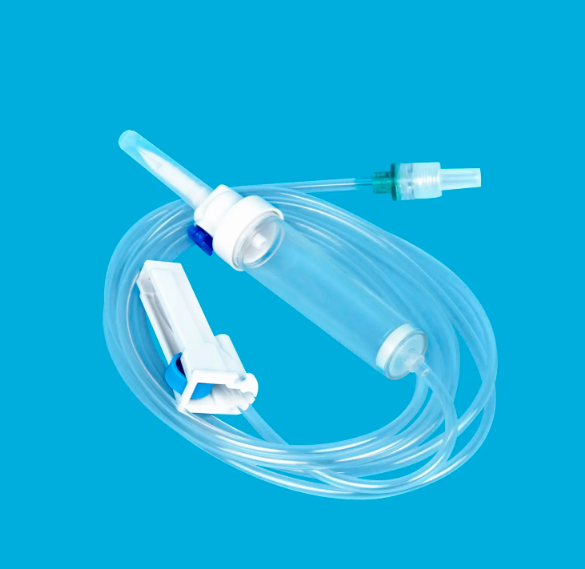The development of intravenous infusion technology has gone through nearly 500 years of twists and turns. In the 20th century, it gradually formed a complete system and became one of the most commonly used, direct and effective clinical treatment methods. Wiliam Harvey proposed a theory about blood circulation in 1628, which laid a theoretical foundation for later generations to carry out intravenous infusion therapy. He is called the ancestor of modern intravenous infusion therapy. In 1656, British doctors Christophe Wren and Robert used quills as needles to inject drugs into the veins of dogs, pioneering intravenous infusion therapy. The model of intravenous infusion products has experienced three stages of changes
. Before the 1950s, fully open intravenous infusion systems had been widely used in clinical practice. This system consisted of a wide-mouth glass bottle and an infusion line made of natural rubber.
The second generation intravenous infusion products are semi-open infusion systems, which are composed of glass or hard plastic containers and disposable infusion lines with filter membranes. The infusion pipeline has been improved, the chance of contamination has been reduced, the production of solutions has become centralized and industrialized, and the quality and safety have been greatly improved.
The third generation intravenous infusion system, also known as the fully sealed intravenous infusion system, replaces the infusion container with a soft bag made of plastic material. During the gravity infusion process, the soft bag will gradually collapse due to the external atmospheric pressure. There is no need to use an air inlet needle to make the bag The inside and outside gases are connected, and the soft bag is formed at one time. The needle and dosing valve are both double-layer structures, which avoids direct contact between the solution and the outside world or rubber, so it has a very superior role in preventing contamination.

Post time: Jan-23-2024
